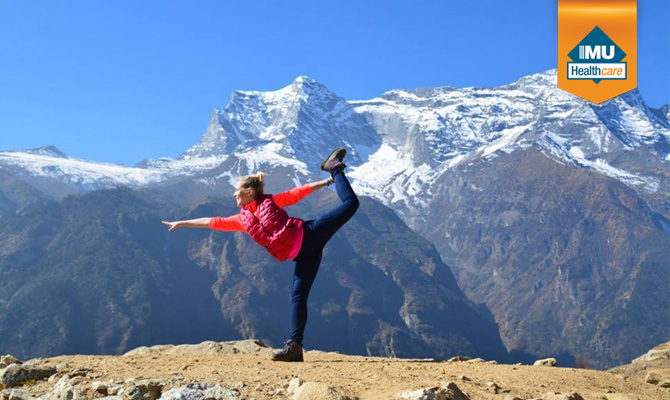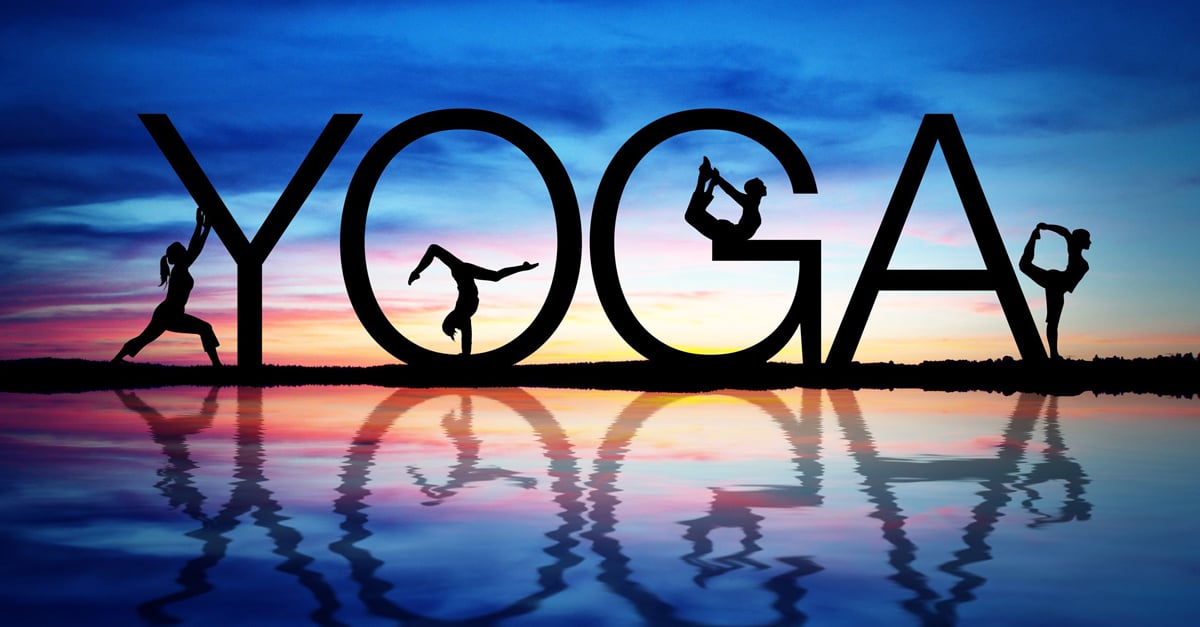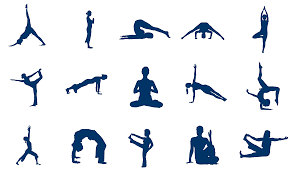Yoga is an ancient physical, mental and spiritual practice that originated in India. The word ‘yoga’ derives from Sanskrit and means to join or to unite, symbolising the union of body and consciousness. 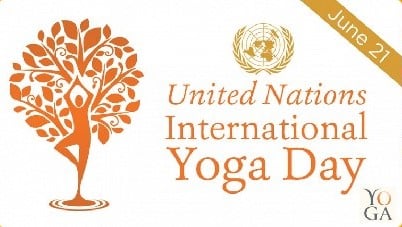 Today it is practiced in various forms around the world and continues to grow in popularity. Recognising its universal appeal, the United Nations proclaimed 21 June as International Yoga Day by Resolution 69/131 lauding “the importance of individuals and populations making healthier choices and following lifestyle patterns that foster good health (http://www.un.org/en/events/yogaday/background.shtml).” International Yoga Day aims to raise awareness worldwide of the many benefits of practicing yoga. Although yoga is widely accepted by many as a form of exercise, India’s Prime Minister Narendra Modi in his address during the opening of the 69th session of the General Assembly sums it best: “Yoga… embodies unity of mind and body, thought and action … a holistic approach [that] is valuable to our health and our well-being; it is a way to discover the sense of oneness with yourself, the world and the nature.”
Today it is practiced in various forms around the world and continues to grow in popularity. Recognising its universal appeal, the United Nations proclaimed 21 June as International Yoga Day by Resolution 69/131 lauding “the importance of individuals and populations making healthier choices and following lifestyle patterns that foster good health (http://www.un.org/en/events/yogaday/background.shtml).” International Yoga Day aims to raise awareness worldwide of the many benefits of practicing yoga. Although yoga is widely accepted by many as a form of exercise, India’s Prime Minister Narendra Modi in his address during the opening of the 69th session of the General Assembly sums it best: “Yoga… embodies unity of mind and body, thought and action … a holistic approach [that] is valuable to our health and our well-being; it is a way to discover the sense of oneness with yourself, the world and the nature.”
Although yoga is not a high-impact sport, it doesn’t mean you shouldn’t be aware of the possibility of injury. After all, certain yoga poses are difficult for people. Some poses could even be described as ‘unnatural’ which may lead an individual to use faulty body mechanics and risk injury.
Several studies done over the years in countries such as Finland and Australia have shown up to 100 injuries can result from 1,000 hours of yoga practice. These injuries go beyond bruises and bumps.
Most injuries occur in one of two ways. The first is when yoga students or class participants try too hard – for example, when they look around a class and see others achieving a difficult pose but they can’t – and it becomes painful. If and when a yoga pose feels painful, you should stop immediately. Don’t let your ego push your body when it is saying ‘stop’. The second way injuries can happen is from over-repetitive use or straining of certain muscles. For example, when you engage in an intense 30-day yoga retreat where participants do yoga for two hours, twice a day. Or if you decide to double your twice-a-week class schedule to four times a week. 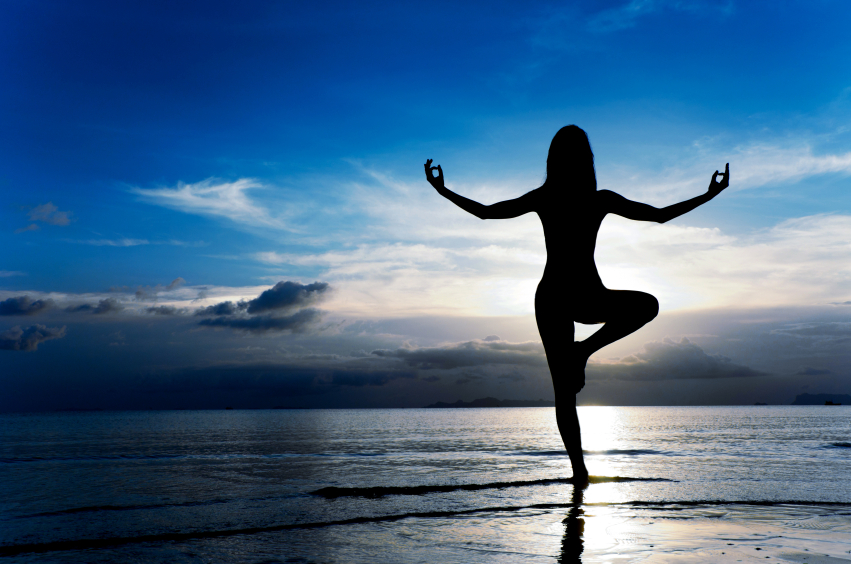 However, within reason, yoga can be very beneficial for many conditions and ailments. Certain poses can help align, lengthen and strengthen your back, making it useful for those suffering from sciatica. Sciatica refers to pain that radiates along the path of the sciatic nerve, which arises from the spine and travels through your buttocks and down each leg (http://www.mayoclinic.org/diseases-conditions/sciatica/basics/definition/con-20026478). According to the Mayo Clinic, sciatica most commonly occurs when a herniated disk, bone spur on the spine or narrowing of the spine (spinal stenosis) compresses part of the nerve. This causes inflammation, pain and often some numbness in the affected leg.
However, within reason, yoga can be very beneficial for many conditions and ailments. Certain poses can help align, lengthen and strengthen your back, making it useful for those suffering from sciatica. Sciatica refers to pain that radiates along the path of the sciatic nerve, which arises from the spine and travels through your buttocks and down each leg (http://www.mayoclinic.org/diseases-conditions/sciatica/basics/definition/con-20026478). According to the Mayo Clinic, sciatica most commonly occurs when a herniated disk, bone spur on the spine or narrowing of the spine (spinal stenosis) compresses part of the nerve. This causes inflammation, pain and often some numbness in the affected leg.
If you have a pre-existing back injury, however, and you still want to practice yoga, there are certain poses you can do – perhaps with some modification – and some you should avoid. It is usually how these poses are performed that can cause back sprain, pain or injury. For better peace of mind, you should consult your chiropractor and also discuss your injury with a proper licensed yoga teacher or practitioner before you harm your back further. Overall, yoga has been found to be beneficial to many because of its three main effects: yoga increases strength and flexibility, teaches relaxation, reducing anxiety or stress, and helps to relieve pain. Some studies have shown that yoga performed properly even just twice per week as part of a rehabilitation programme for back and neck pain can help with flexibility, endurance and strength. It helps by gently stretching the lower back and leg muscles. Yoga also brings about increased blood circulation which helps bring healing nutrients to tissues. Back and abdominal muscles are essential components of the muscular network of the spine. When they are in good condition and work in synchrony, they help the body maintain proper upright posture and movement. This is how back pain can be avoided or greatly reduced. Many of the postures in yoga gently strengthen the muscles in the back, as well as the abdominal muscles. Yoga consists of stretching and relaxation exercises, among others. Stretching reduces tension in stress-carrying muscles. Yoga also requires that the individual holds gentle poses anywhere from 10 to 60 seconds. During the pose, certain muscles flex, while others stretch, promoting relaxation and flexibility in muscles and joints.  In essence, yoga is generally a very safe form of exercise for most people, although for those with specific back conditions, it is advisable to speak with your chiropractor prior to starting yoga (or any exercise programme). Anyone with severe or ongoing back pain should consult a health professional for an accurate diagnosis and treatment programme before beginning yoga. With the diagnosis, a good yoga teacher can usually provide instructions and support on special modifications for specific medical conditions.
In essence, yoga is generally a very safe form of exercise for most people, although for those with specific back conditions, it is advisable to speak with your chiropractor prior to starting yoga (or any exercise programme). Anyone with severe or ongoing back pain should consult a health professional for an accurate diagnosis and treatment programme before beginning yoga. With the diagnosis, a good yoga teacher can usually provide instructions and support on special modifications for specific medical conditions.
The key to minimising injuries during yoga is to know your own limitations; never over-extend yourself in any pose especially if you start feeling pain or experience continuous discomfort.
Additional Links: http://yoga.org.nz/benefits/physiological_benefits/yoga_backpain.htm http://www.health.harvard.edu/blog/yoga-can-help-ease-low-back-pain-201110313718 http://www.everydayhealth.com/back-pain-pictures/best-yoga-poses-to-soothe-back-pain.aspx https://yogainternational.com/article/view/7-poses-to-soothe-sciatica http://www.besthealthmag.ca/best-you/yoga/the-5-most-common-yoga-injuries-and-how-to-prevent-them/ http://www.yogajournal.com/category/poses/contraindications-modifications/back-injury/ http://www.spine-health.com/wellness/yoga-pilates-tai-chi/yoga-back-problems http://www.livestrong.com/article/148935-back-pain-after-yoga/ This article is brought to you by IMU Healthcare.




